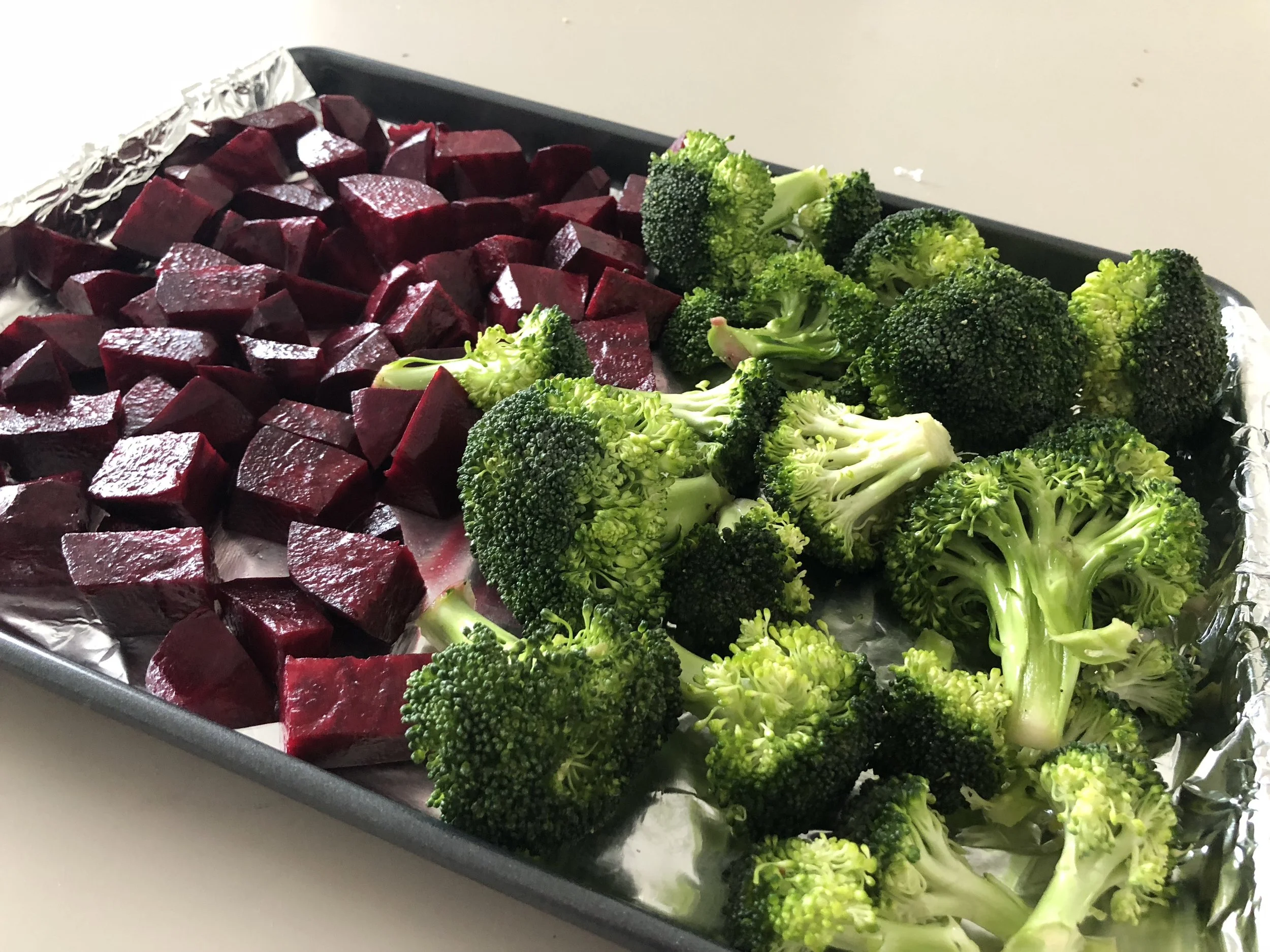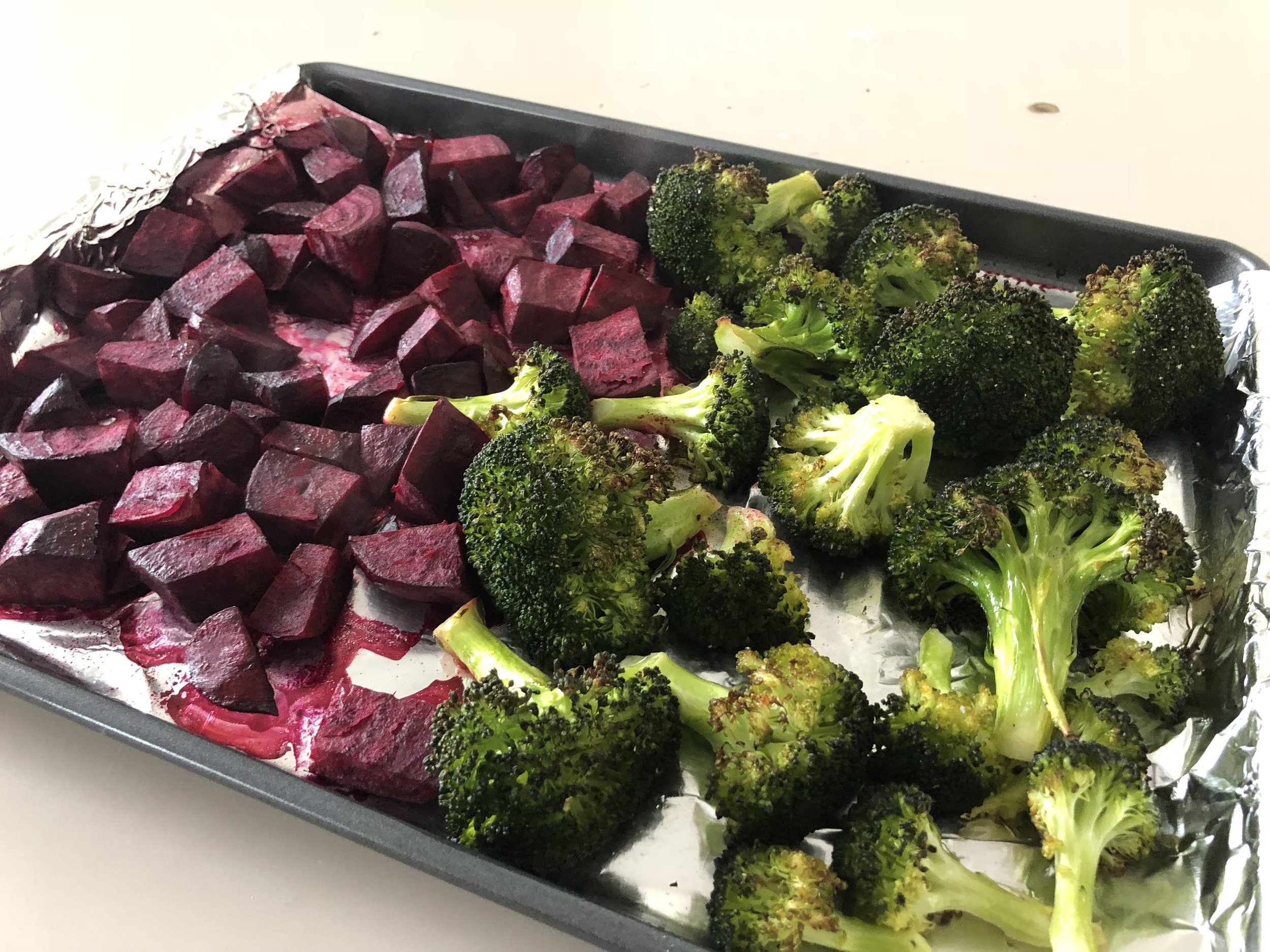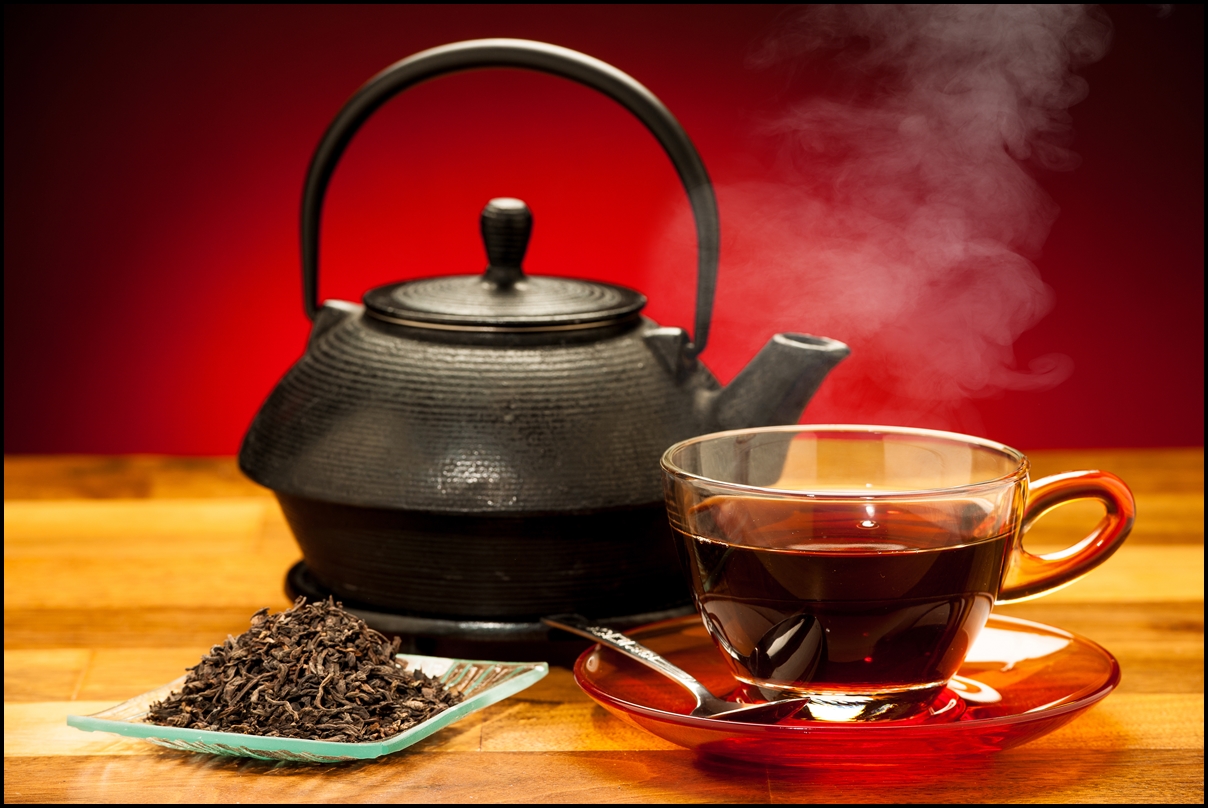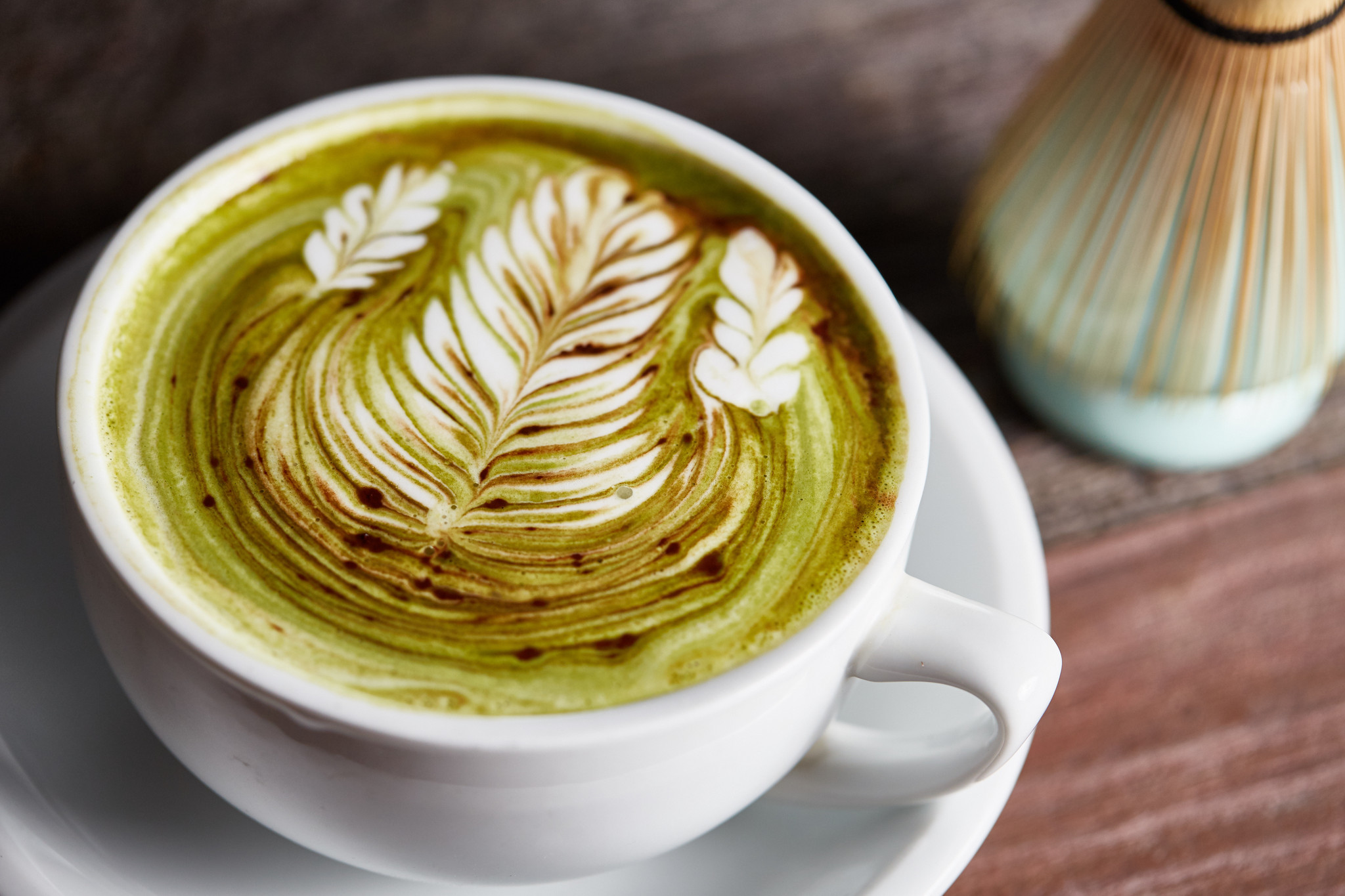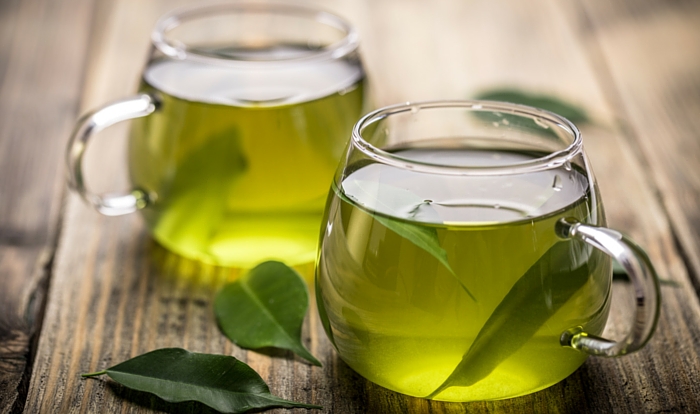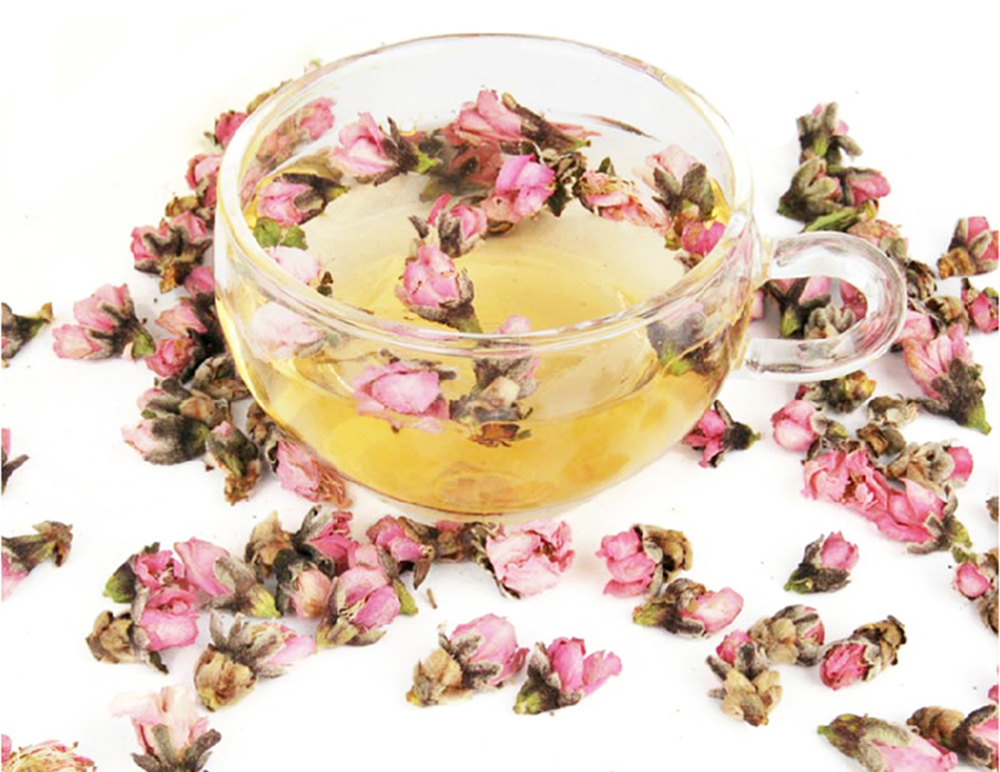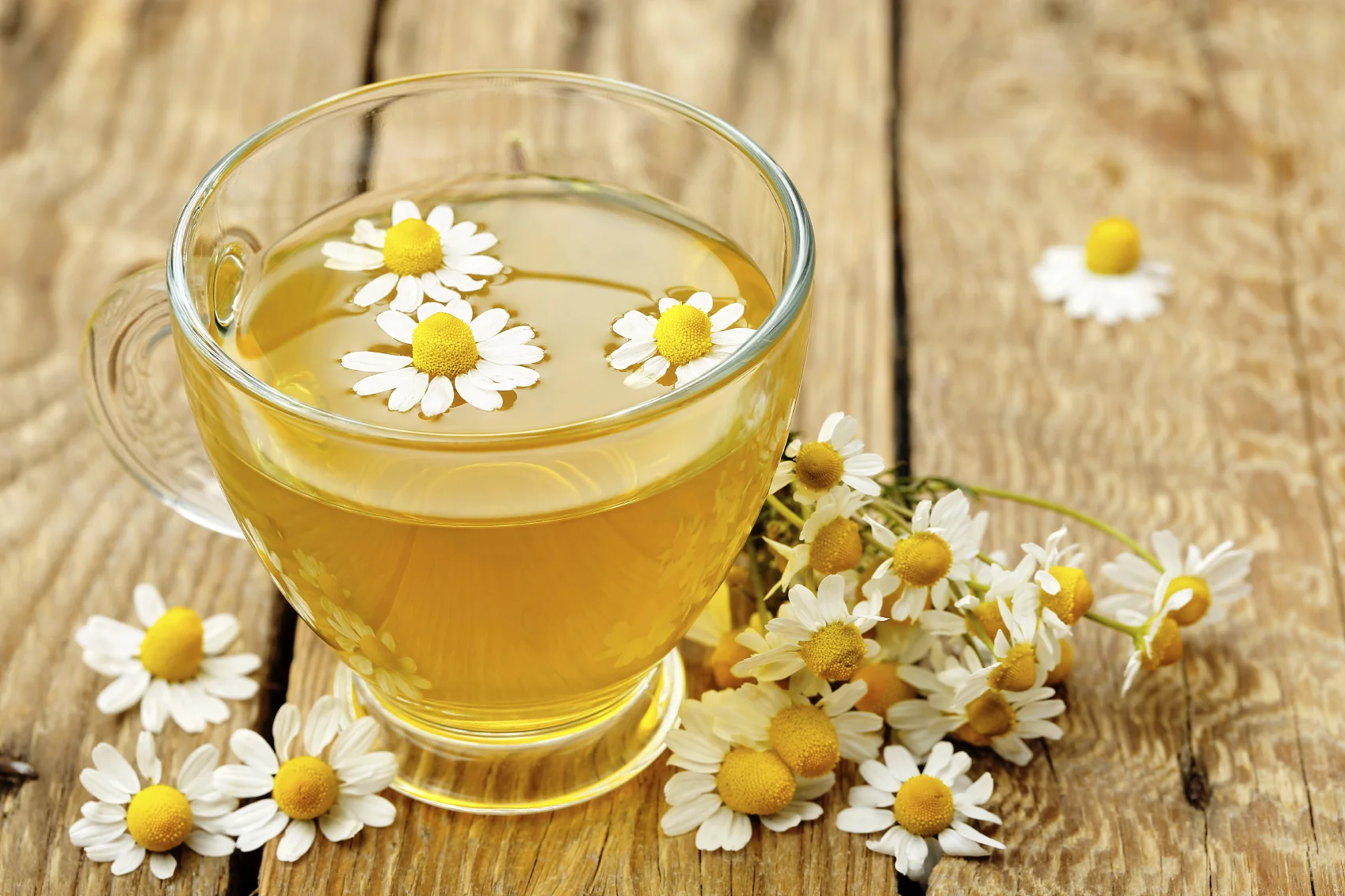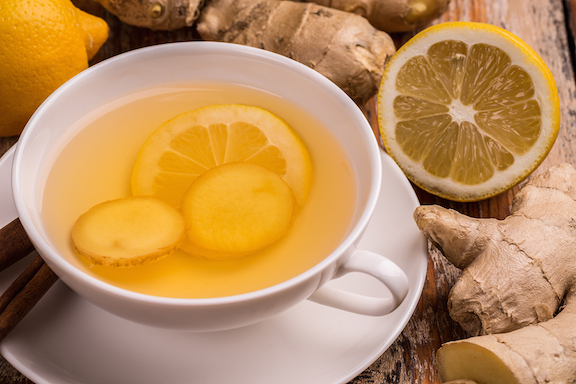We’ve done the research to bring you the next hottest health and wellness trends for 2020—before they hit.
As the new decade nears, it seems as though we have already exhausted the endless possibilities in the health and wellness world. Just in this past year, we’ve witnessed the rise of non-dairy alternative milks such as that of oats, a new interactive gym mirror that you can follow along with in the comfort of your own home, IV drips for vitamins and minerals, cryo facials, the regularization of MCT oil, and so much more.
These innovations come at a time of increased attention to personal nutrition, exercise, beauty, and mental wellness. According to the Global Wellness Institute, the global wellness industry grew by 6.4% annually between 2015-2017, increasing from a $3.7 trillion to a $4.2 trillion market. The wellness industry also comprises 5.3% of global economic output, making it a significant and influential factor in current consumerist culture.
Recently, Whole Foods has capitalized on this increased interest in health, and they released their own curated list of predicted health food trends for 2020 for MindBodygreen, an online hub for all things science-based and holistic well-being. Other big brands and companies have similarly followed suit in trying to capture the attention of this growing audience. Keep reading below for a compilation of observations and predictions for what these popular companies will promote in 2020.
1. Fun Flours
Image via
Just like non-dairy milk alternatives, flour substitutes are also shining this year. Consumers looking for gluten-free and nut-free baking ingredients need not look any further. Additionally, many of these alternatives have added benefits such as greater protein and fiber content than the conventional variety. Some new flours shaking up the shelves include flours made from bananas, chickpeas, cauliflower, tiger-nuts, quinoa, and peas.
2. AI Consultants and Virtual Wellness
Image via
Technology seems to grow as the health industry does, and the next big wellness tool can be found in your own personal spa. This machine will offer programs that are designed to collect data on the user’s genetic, microbial, and bio-sensory information. It will allow for unique experiences and personalized treatments, all while using the futuristic VR system.
3. Sound bath healing
Image via
If you haven’t heard of this, it’s probably because it is only now starting to enter mainstream culture. Sound baths are a form of therapeutic meditation in which a practitioner sits and listens to sounds that are normally produced by crystal bowls and other instruments. They are tuned to specific frequencies to achieve alpha and theta brainwaves, which are said to increase creativity, overpower depression, and help cognitive function.
4. Sugar alternatives
Image via
While maple syrup, honey, and Stevia are commonly-used alternatives, 2020 is kicking it up a notch to include more niche sweetener swaps to use in your every day recipes. Conventional artificial sweeteners have been linked with autoimmune diseases, obesity, gut issues, and other health hazards. However, these new sugars are all-natural and derived from various fruits. They include sugar from monkfruit, pomegranate, coconut, and dates.
5. Instagram Influencers as Food Influencers
Image via
Nowadays, instead of just famous people having Instagram accounts, Instagram is making people famous. One example in the health food sphere is Kenzie Burke, a 20-something entrepreneur who is known for her endorsement of Food Combining. While this is an ancient Ayurvedic practice, Burke has popularized it through her personal Instagram, YouTube, blog, and e-books. Food Combining consists of general food “guidelines” in order to optimize digestion, such as eating fruit first in the morning and not eating meat and grains together. She has garnered a following of over 100,000 people on Instagram, and she regularly posts her followers’ transformation photos and stories.
6. Breathing Apps
Image via
Speaking to the key role that technology plays in our daily lives, breathing and meditation apps are also on the rise. This comes as result of a somewhat new public discourse on mental health awareness and burnout. Studies show that just 25 minutes of focused breathing can improve cognitive function and boost energy levels. Mobile apps make this healthy practice all the more convenient!
7. Micro-HIIT Workouts
Image via
2020 is all about maximizing time. That’s why workouts are getting shorter… and more intense. Equinox Health Advisory Board Member Pamela Peek, MD, at the University of Maryland predicts that micro-HIIT sessions will take off as a physical challenge and as a counter-balance to our increasingly sedentary lives. These stimulating 20-minute workouts trigger autophagy and the production of stem cells, or the regenerative cells in the body. They are also the perfect way to get in a good sweat during a lunch break! Boutique fitness studios such as PlateFit, a 27-minute HIIT workout in Los Angeles, are already supplying the demand for efficient exercise!
Feature image via.













